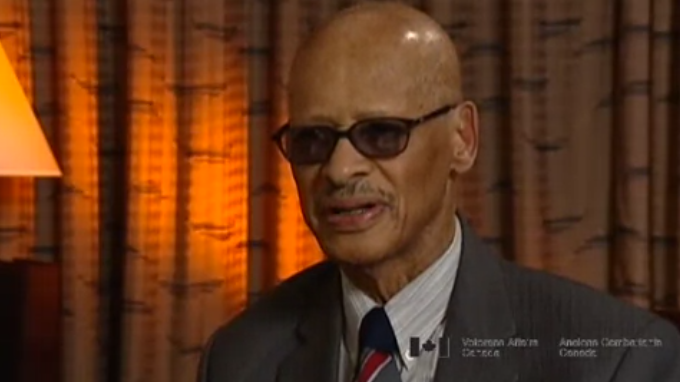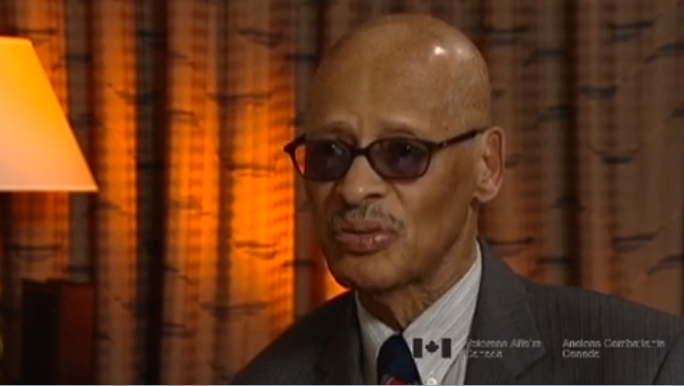V1 and V2 Bombs
Heroes Remember
V1 and V2 Bombs
Transcript
The Germans changed their tactics to start shooting the... the V1
bomb and the V2 bomb and so on so forth where they were just
sitting back home in Germany or wherever; just sending the bombs
over to England. I remember we were stationed in the southern
part of England and they would start sending these bombs
sometimes in the day and sometimes at night. When the V1
bomb, when the mortar stopped, they knew it was coming down so
you ran for cover, hide. Later on, they start
sending over V2 bombs which you neither saw or heard and all of a
sudden you just heard the explosion and that was the
dangerous part of the bombing of England, and of London mostly.
And, of course, we were stationed in the southern part of England
and sometimes it would drop in our areas too. So we always had
to be on the look out, especially at night that was the worst.
You don’t know when they’re going to come.
Description
Mr. Husbands describes the difference between being under attack by V1 and V2 bombs.
Lloyd Husbands
Lloyd Husbands, one of nine children, was born in Montreal, Quebec. He worked in an asbestos shop to help support his family, and admits that constant irritation from the asbestos led him to enlist in 1942. After basic training, Mr. Husbands became a telegrapher and took advanced training at Kingston, Ontario. He served in post D-Day France and Belgium as a signalman. After the war, Mr. Husbands joined the CNR, his career lasting thirty-eight years.
Meta Data
- Medium:
- Video
- Owner:
- Veterans Affairs Canada
- Duration:
- 1:21
- Person Interviewed:
- Lloyd Husbands
- War, Conflict or Mission:
- Second World War
- Location/Theatre:
- England
- Branch:
- Army
- Occupation:
- Signalman
Related Videos
- Date modified:





